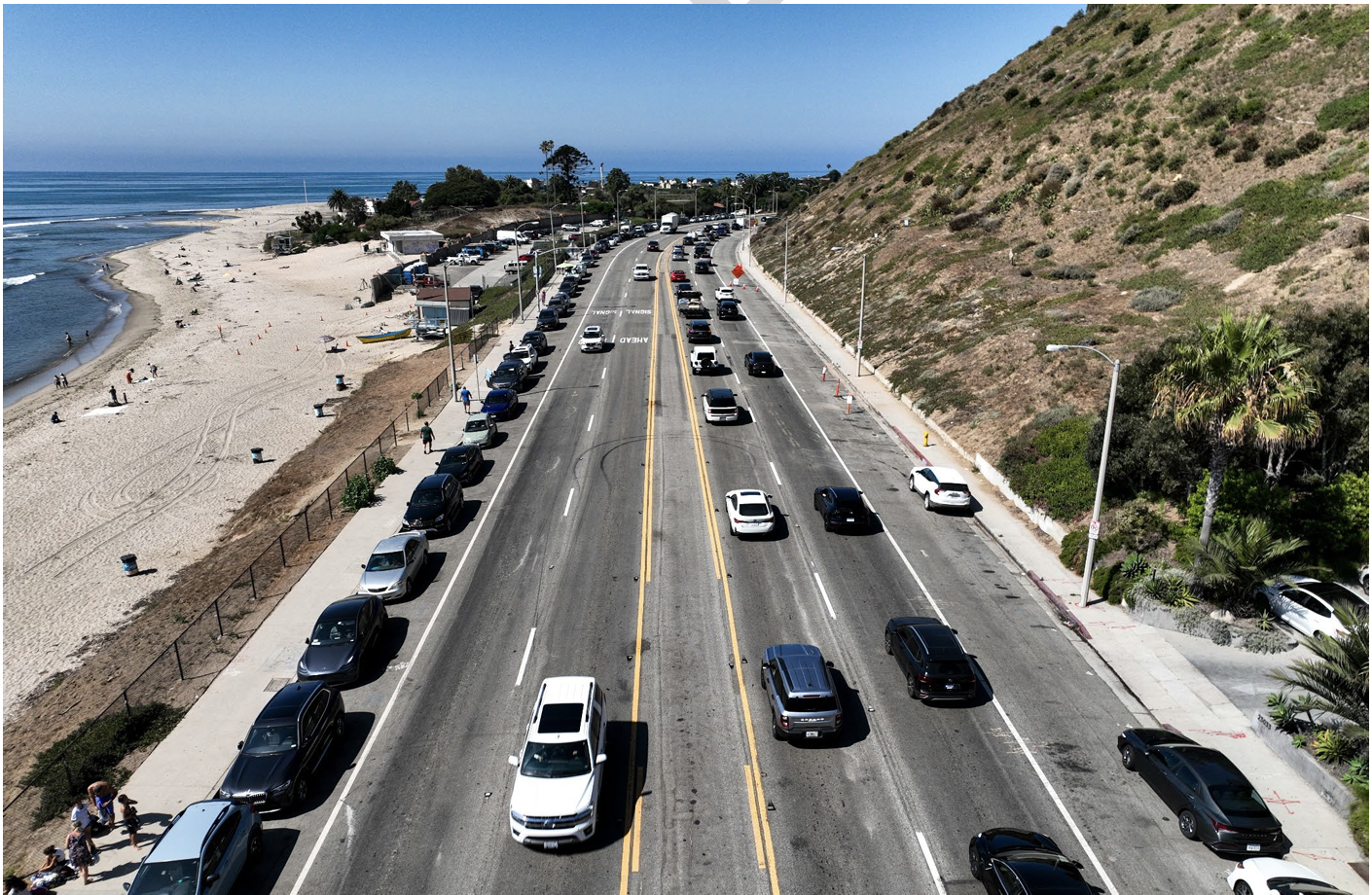 Comparing the average emissions per passenger mile of various transport modes. (Chart: FTA)
Comparing the average emissions per passenger mile of various transport modes. (Chart: FTA)While state DOTs marked Earth Day by depicting roads
as unsung heroes of livability, the Federal Transit Administration
(FTA) and the transit industry celebrated in their own ways by
releasing reports on local rail and bus systems' roles in reducing U.S.
transport emissions.
The FTA's updated report [PDF]
on transit's value in combating climate change includes average
emissions for various modes of transportation (see above chart),
calculated using the government's National Transit Database.
The emissions totals, which reflect average ridership estimates, show
that transit averages about half the CO2 poundage per passenger mile of
a single-occupancy vehicle.
But the FTA also breaks down
individual transit systems' average emissions, illustrating how much of
a difference high ridership -- and cleaner-burning sources of
electricity -- can make when it comes to the energy efficiency of local
rail.
Take the San Francisco metro area's heavy rail
system, known as BART, which achieves average emissions of just 0.085
pounds of CO2 per passenger mile. That rock-bottom total is made
possible by electricity generated largely through hydropower.
Washington D.C.'s Metrorail, meanwhile, comes in at an average of 0.347
pounds of CO2, making it four times less efficient than BART.
The
emissions numbers get worse in less trafficked rail networks, such as
the Baltimore Metro (0.919 pounds of CO2 per passenger mile, an average
comparable to a car) and Cleveland's rapid rail transit (0.805 pounds
of CO2/passenger mile).
Fortunately, the average
emissions-cutting power of heavy rail is skewed by New York City, where
nearly 60 percent of the mode's U.S. passenger miles are traveled. New
York's subway gets an average of 0.147 pounds of CO2 per passenger
mile, bolstering the local transit authority's new estimate that it saves 17.4 million metric tons of emissions every year.
The
FTA report found similar variability in the average emissions of local
light rail, which ranged from uber-efficient in Los Angeles (0.219
pounds of CO2/passenger mile) and San Francisco (0.299 pounds of
CO2/passenger mile) to middling in Dallas (0.534 pounds of
CO2/passenger mile) and higher than the average single-occupancy auto
in Pittsburgh (1.371 pounds of CO2/passenger mile). The weighted
average for all American light rail, however, came in at 0.36 pounds of
CO2 per passenger mile.
On the transit industry's end, Earth
Day brought a statement of support from President Obama that was echoed
by American Public Transportation Association (APTA) chief William
Millar. "Everyone who cares about the environment should care about
public transportation," Millar said in a statement that accompanied a lengthy list of efficiency improvements underway at transit agencies across the country.





